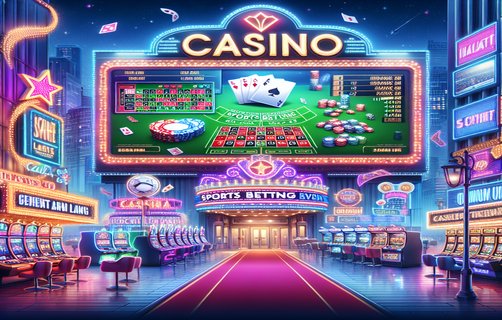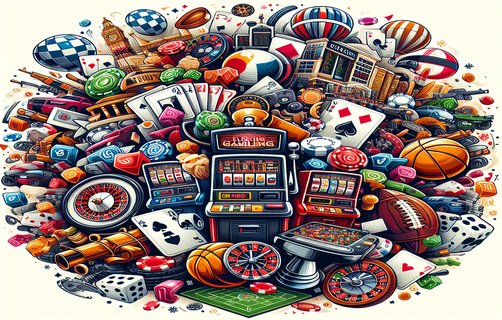Innovative Insights into Casino Slot Machine Design and Gameplay
The world of casino slot machines encompasses a fascinating blend of psychology, design, and mathematics. As gambling continues evolving, particularly in North America, an in-depth examination into key components such as Keno, interactive gameplay, and card counting can unveil new opportunities for both designers and players.
Keno is a staple in many casinos, attracting players with its simplicity and potential for large payouts. Unlike traditional slots that rely heavily on spinning reels, Keno introduces a game of chance sustained by player engagement. It operates on a random number generator, but the interactive nature allows players to select numbers, creating a sense of control. This dynamic transforms Keno into a staple for group play, fostering community among patrons, which can significantly increase a casino's appeal.

Interactive gameplay has emerged as a critical trend in slot machine design. Modern machines are no longer mere mechanical contraptions; they serve as platforms for stories and experiences. Engaging themes, varied bonus rounds, and touch-screen interfaces combine to turn mundane spins into full-fledged gaming experiences. Players are increasingly drawn to machines that offer gamified elements where their decisions impact gameplay outcomes. This shift pushes designers to create multifaceted environments that engage all senses, thereby enhancing player retention and enjoyment.
A less emphasized but crucial aspect of casino gaming is card counting, primarily associated with blackjack. However, its principles can still apply to slot machine play, particularly when evaluating the odds of hitting certain payouts. While card counting in slot machines is not feasible in the conventional sense, understanding patterns and probabilities can enhance gameplay strategy. Players equipped with this knowledge can make informed choices, maximizing their chances of winning—demystifying the complexities of each machine’s payout structure and leading to smarter gambling decisions.
Evaluating equity in slot machines extends beyond mere return-to-player percentages. It requires understanding how a machine's design influences player experience and anticipating the 'player value' concept. Equity can be understood as how much enjoyment or satisfaction a player gains from each session, even beside pure monetary returns. Therefore, designers must balance this equation, allowing for entertainment value while ensuring a competitive house advantage.

As the rise of gambling app interfaces solidifies the digital transformation of the industry, designers should consider how these platforms replicate the immersive experiences found in brick-and-mortar casinos. Innovations in mobile design—swiping features, haptic feedback, and social connections—can nurture a rich, engaging environment akin to physical venues. The seamless integration of interactive elements and community experiences will increasingly shape the digital gambling landscape, opening new revenue streams and engaging younger audiences.
North American gambling trends are shifting towards more inclusive and diverse gaming experiences. Recent data shows increased participation from demographics previously underrepresented in gambling. This change pushes designers to innovate and cater to broader audiences, ensuring inclusivity. Additionally, as more jurisdictions legalize online gambling, a burgeoning digital landscape presents designers with the unique challenge of maintaining interest and excitement across both physical and online formats.
Finally, the house edge remains a fundamental concept in casino design, continually driving the creative process. By carefully crafting the odds and payouts, designers can maintain profitability while also providing value. The delicate interplay between creating enticing gameplay and ensuring favorable odds for the house is paramount. Understanding how each aspect, from thematic elements to payout structures, influences the house edge can lead to more strategic designs that keep players engaged while sustaining a viable casino operation.
In conclusion, casino slot machines are a confluence of art, science, and human behavior. As designers navigate the complexities of player engagement, fairness, and profitability, they will shape the future of gambling experiences—both on the floor and in the digital realm.
